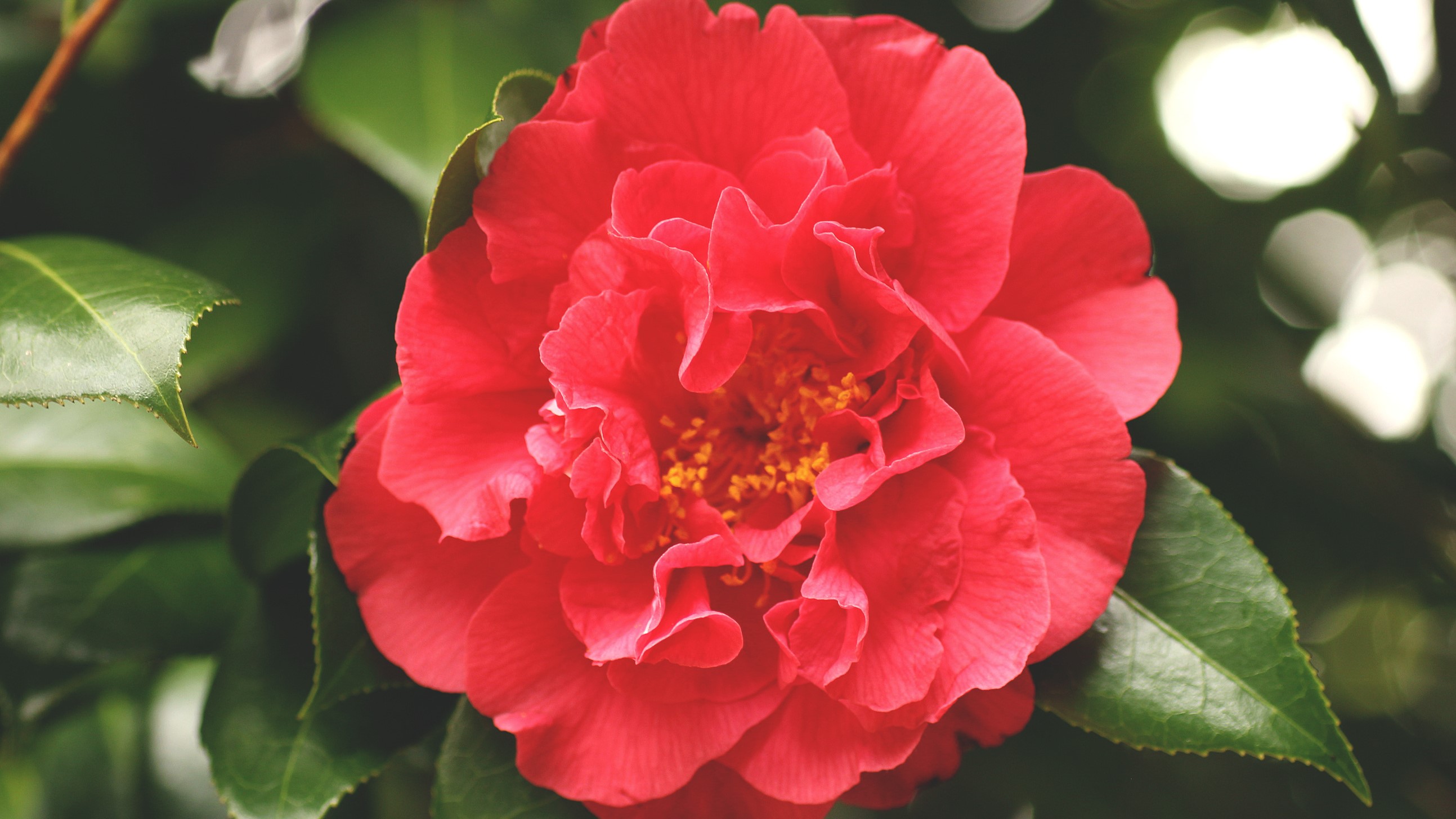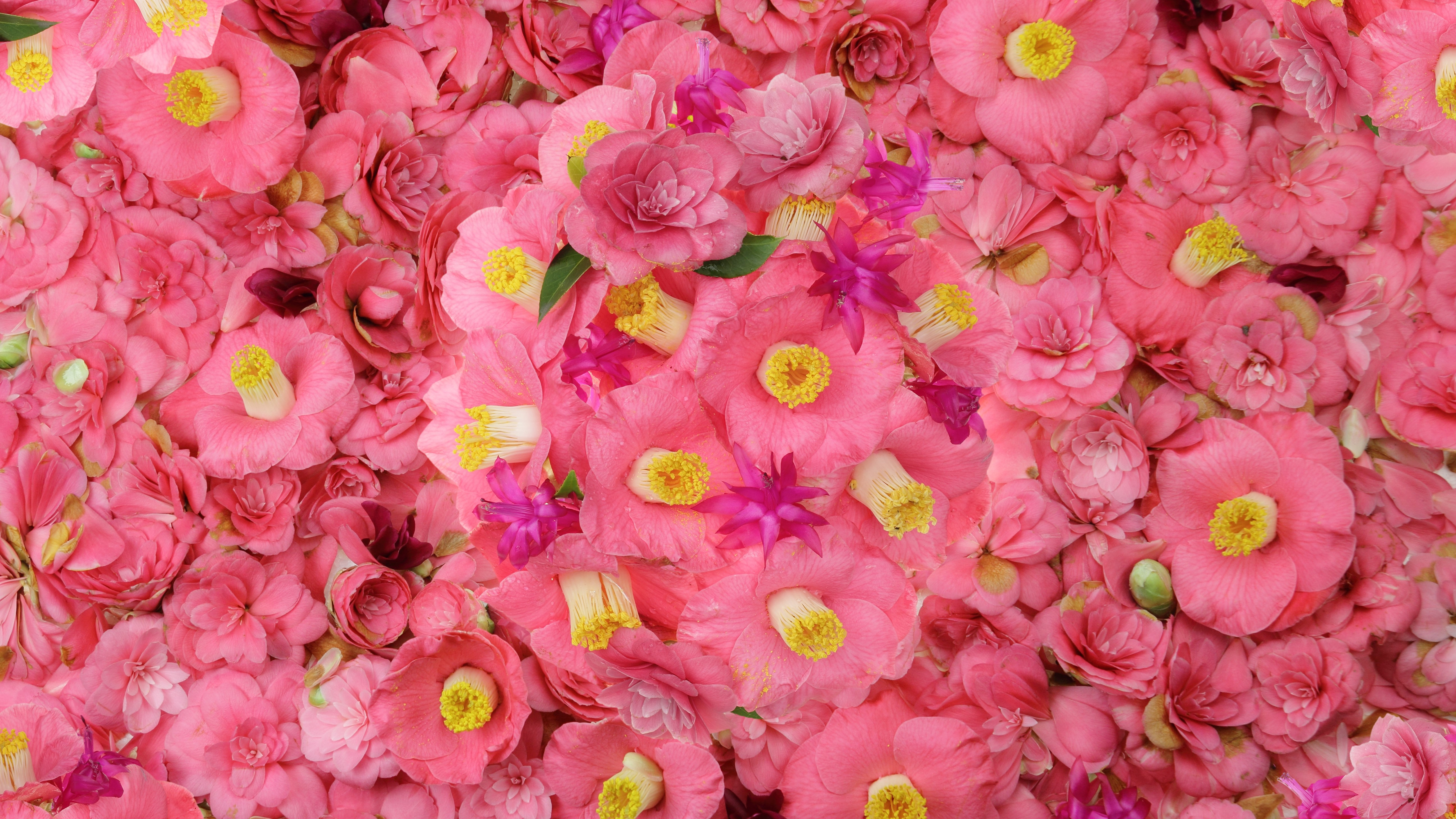
It's Camellia Season
We are entering camellia season here in the Napa Valley. You may have noticed the swollen flower buds of these gorgeous glossy evergreen shrubs and trees. Soon we will be showered with a floriferous show put on by Camellia sasanquas followed by Camellia japonicas later in winter. Camellias are widely grown for their stunning cool season blooms, but serve as excellent evergreen screens, informal hedges, at the back of a mixed border or in containers. They come in an assortment of flower colors, forms and growth habits.
In general, camellias flourish in morning sun with afternoon shade. Camellia sasanqua varieties can be grown in a bit more sun than their Camellia japonica relatives. When planting, there are a few things to consider. Camellias prefer well drained, acidic soil (pH 5.5-6.5). They can be grown in containers or planted in the ground. Choose a planting soil that has been formulated for acid-loving plants. EB Stone Organics Azalea, Camellia, Gardenia Planting Mix can be used as a potting soil or to mix in with your native soil as well as a top dressing for mulching existing plants. Camellias should be fertilized with a specially formulated acid fertilizer to meet their unique nutrient needs such as EB Stone Organics Azalea, Camellia, Gardenia Food. Fertilize camellias once they have dropped their flowers in late winter or early spring and again in early summer.
To encourage more flowering and boost overall plant health and hardiness, EB Stone Organics Ultra Bloom 0-10-10 can be applied monthly from bud formation through flowering. Pruning should be done after blooming has ended. Be sure not to prune too late in the year as you will likely be removing flower buds. Prune for shape and to remove weak or dead wood. Shorten lower branches to encourage upright growth and prune top growth to encourage bushy growth. The best time to plant camellias is in fall and winter. Camellias enter a state close to dormancy during this time. Since they are not actively growing, the risk of transplant shock is reduced. It is important to pick up camellia blossoms and other fallen camellia debris to prevent camellia petal blight. After blooming has ended, add a fresh layer of mulch below your camellias.
The garden center is stocked full of budded and blooming camellias as well as all of your soil and fertilizer needs. We have shrub, espaliered, patio tree and staked forms with single, double, anemone, and peony flower forms in shades of white, pink, red, and multicolored. Be sure to take note of the mature size of the varieties you are interested in and choose those that fit into your landscape. Did you know that white, green, oolong, and black tea come from the Camellia sinensis plant?
See you soon.
By ALI WHITE
Garden Center Manager




